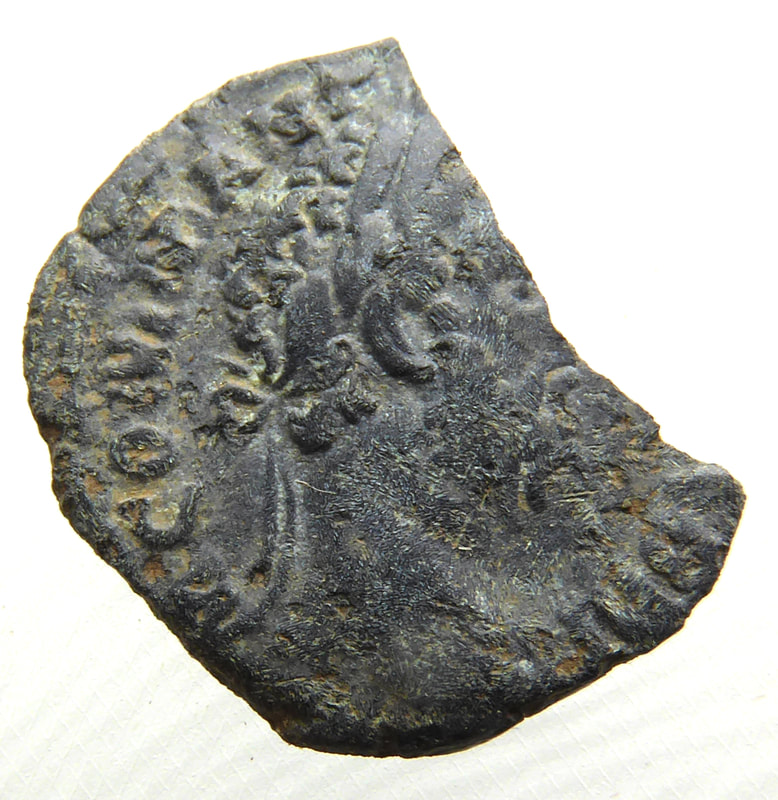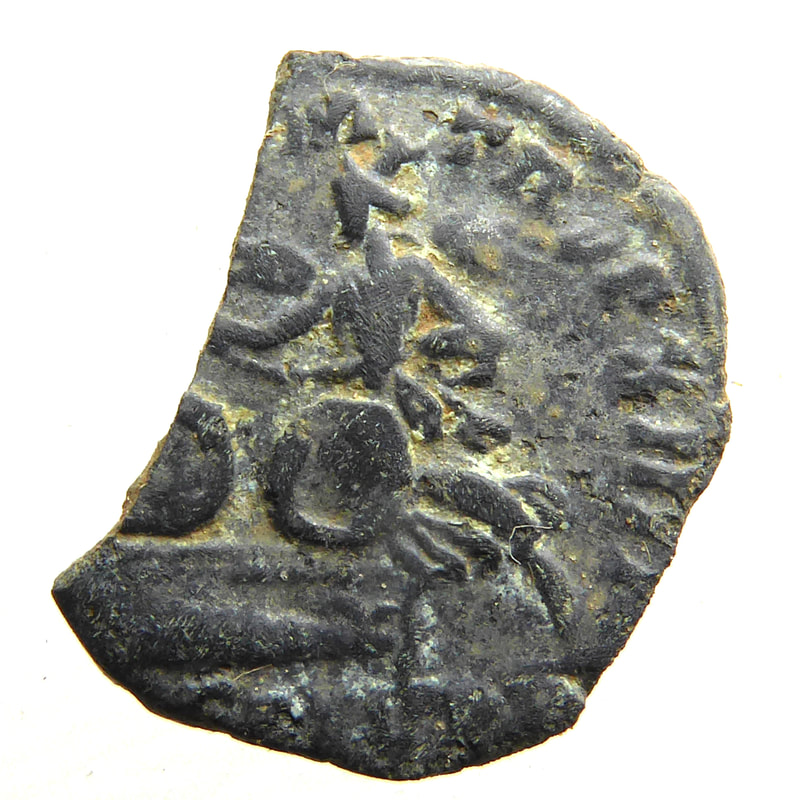British Museum; Commodus denarius donation to the national collection
Visit October 2018
After finding my way to the upper floor of Greek and Roman life I was greeted by Andrew Brown (National finds Advisor, Iron Age and Roman Coins) and Richard Abdy (Curator of Roman and Iron Age coins.
Upon entering a behind the scenes office area of the British museum I had a round the table meeting with Andrew, Richard and another member of their team. We began by having a discussion about Commodus and the coin that was being donated to the museum. The paper work giving consent for the donation from myself and the landowners whose field the coin was found in was checked, copied and approved. Andrew explained that the museum were grateful for the donation particularly as this is a coin they don’t currently have in the national collection. I explained that we were very happy to gift the coin to the museum and were excited about it being added to the collection.
Richard nipped out of the meeting room for a minute and came back in with a tray of Commodus medallions, he then explained what they were used for and went into detail about the makeup of some of the medallions; one of particular interest was bimetallic, in a similar way to that of the modern two pound coins. I was passed on very large Roman military awarded medallion to hold which was brilliant, it was much heavier than I was expecting and not something I am likely to recover during a metal detecting survey.
I was asked what period of coinage I was interested in and I explained my particular interest was in Roman coinage. I noted that we surveyed many sites of different periods producing various coinage and artefacts. I also mentioned that members of our survey team have an interest in the Saxon/early medieval period and that we are actively researching potential new sites. Andrew noted that coin identification session are run at the BM looking at different period of Roman coinage and said that I would we welcome to attend.
I explained that we had recently invited DigVentures to excavate a site where we had uncovered a small hoard of Vespasian denarii . Andrew was aware of DigVentures and the particular hoard I was referring to that was recorded through PAS. I mentioned that the site had gained a lot of media coverage due to it being from an early period of occupation in the north of England.
Using my IPad, I showed off the Priscan Image site using the Flickr platform and explained that after every survey, a detailed high resolution photographic report is produced of all notable finds. This information is then shared with the relevant landowners. When scrolling down the photos, Andrew and Richard helped Identify a couple of recently found tricky to identify Roman coins, which will subsequently be recorded on PAS. Andrew also asked for a closer look at one find that we were unsure of, which was possible due to the close up shots that had been taken , he then identified it as a fragment of Belteus Decoration from a Roman military sword belt. This was very exciting to hear and something I am sure the landowner will be interested in.
Following the round the table discussion Andrew lead me down to the coin achieve. It was pointed out to me where all the ancient Greek and Roman coins were housed. Andrew then located the section of Commodus coins and found the correct wooden tray where the newly donated denarius would be housed in perpetuity with similar reverse type coins. The differences between some of the reverse types of the Commodus denarii was explained to me in detail. Andrew then proceeded to pick out trays of Roman coins for me to examine and handle including coins from all periods. I was passed coins of all different types from gold Aureus to Sestertius which was fascinating. I was lucky enough to be trusted to handle a famous coin of Titus with a Colosseum type reverse which really made the day special as this is a coin I have read a lot about and not been fortunate to see first-hand let alone handle.
Richard was busy printing the new a coin label and added the donated denarius on to the BM’s database. I was then shown the new label, (with my name on it) and then it was placed on the coin tray along with the denarius ready for archiving.
My day at the museum then concluded with a walk around the public display areas of the museum.



 RSS Feed
RSS Feed
